About Holstentormuseum
The twin towers of the Holstentor rise dramatically, their red brick façade and pointed roofs creating a striking silhouette against the sky. The Gothic architecture, with its arched windows and decorative brick patterns, speaks of Lübeck’s medieval past. The inscription above the central arch, "CONCORDIA DOMI FORIS PAX" ("Harmony at home, peace abroad"), reflects the city’s aspirations during its time as a powerful Hanseatic League member.
Built in 1478, the Holstentor served as both a defensive structure and a symbol of Lübeck’s wealth and influence. Its thick walls and narrow windows were designed to repel invaders, while its imposing design showcased the city’s prosperity. Today, it stands as one of the most famous landmarks in Germany, a reminder of Lübeck’s golden age as the "Queen of the Hanseatic League."
Right Where It Began
The Holstentor was part of Lübeck’s medieval fortifications, guarding the western entrance to the city. Its strategic location ensured control over trade routes, vital to Lübeck’s success as a trading hub. The museum inside now tells the story of the Hanseatic League, a powerful alliance of merchant cities that dominated trade in Northern Europe from the 13th to the 17th century. Visitors can explore exhibits that reveal how Lübeck’s merchants shaped the region’s economy and culture.
Plan your perfect trip to Lübeck with Travo! Download now and start exploring.
Marks of Time
The Holstentor’s slightly leaning towers and weathered bricks bear the marks of centuries. Restoration efforts have preserved its original character, allowing visitors to see the craftsmanship of medieval builders. Inside, the museum showcases artifacts like trade goods, maps, and weapons, offering a glimpse into the daily life and challenges of Lübeck’s past.
Stories in Stone
The intricate brickwork of the Holstentor tells its own story. The alternating patterns of glazed and unglazed bricks create a decorative effect, while the coats of arms above the archway highlight Lübeck’s pride in its independence. The structure’s design reflects both its defensive purpose and its role as a statement of power and prestige.
Details That Speak
Notice the small openings in the walls, designed for archers to defend the city. The towers’ spiral staircases, now part of the museum, once allowed guards to move quickly between levels. The museum’s exhibits include a scale model of medieval Lübeck, showing how the Holstentor fit into the city’s fortifications and daily life.
Living History
Today, the Holstentor is more than a museum; it’s a symbol of Lübeck’s enduring legacy. Its image appears on coins, stamps, and souvenirs, representing the city’s rich history. Visitors from around the world come to admire its architecture and learn about the Hanseatic League’s impact on European trade and culture. The Holstentor stands as a bridge between Lübeck’s past and present, inviting everyone to explore its stories.
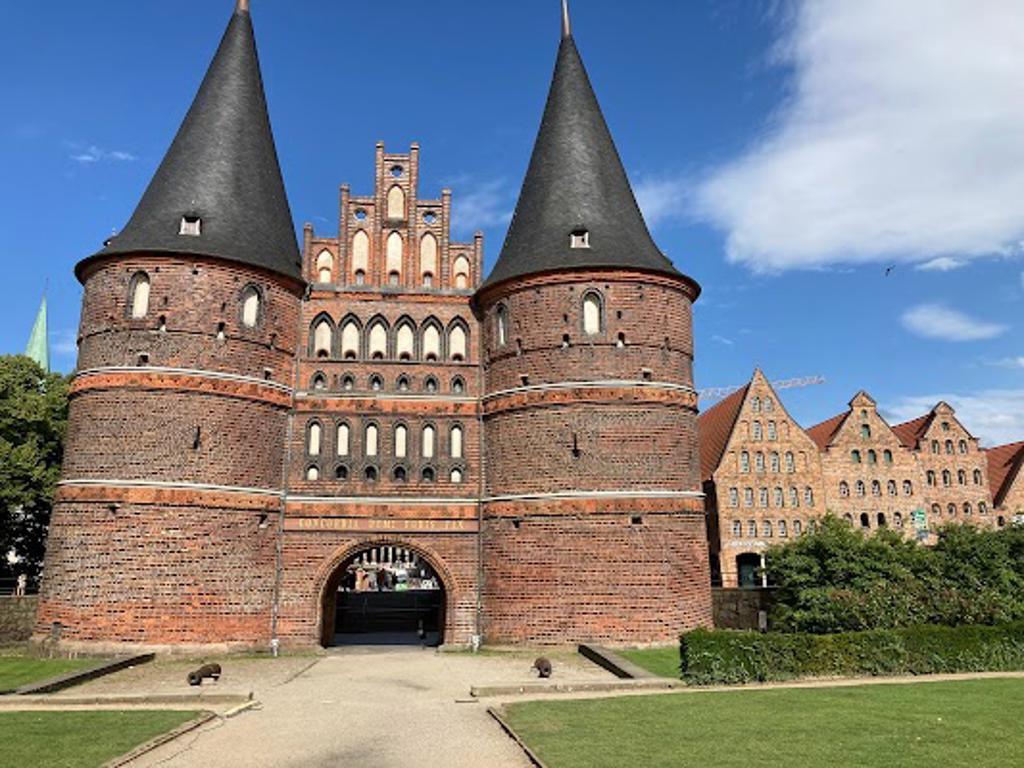
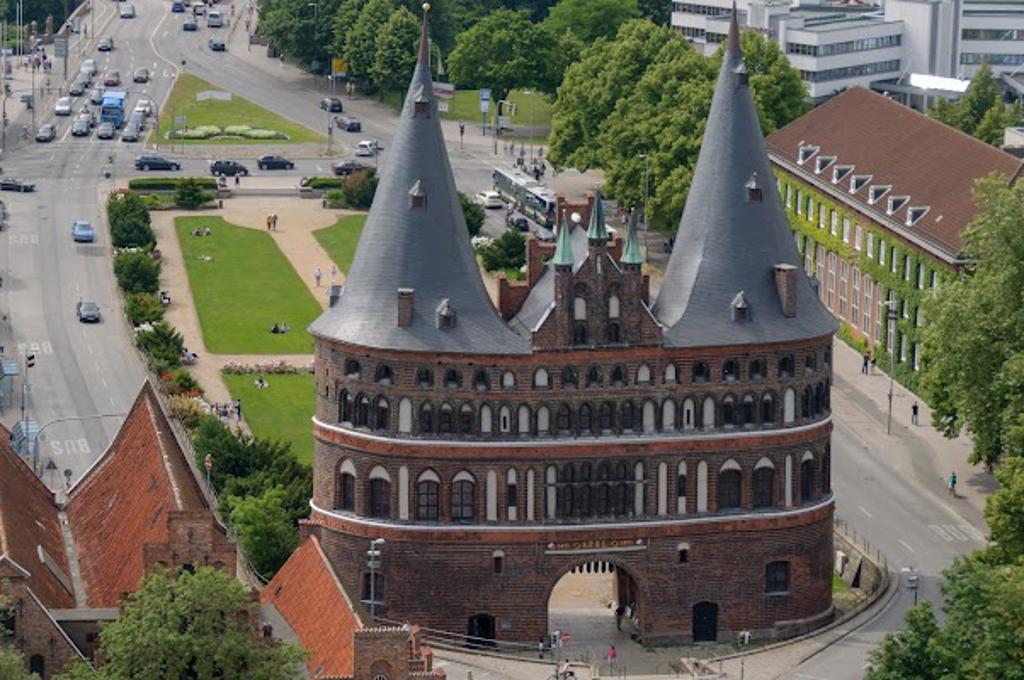
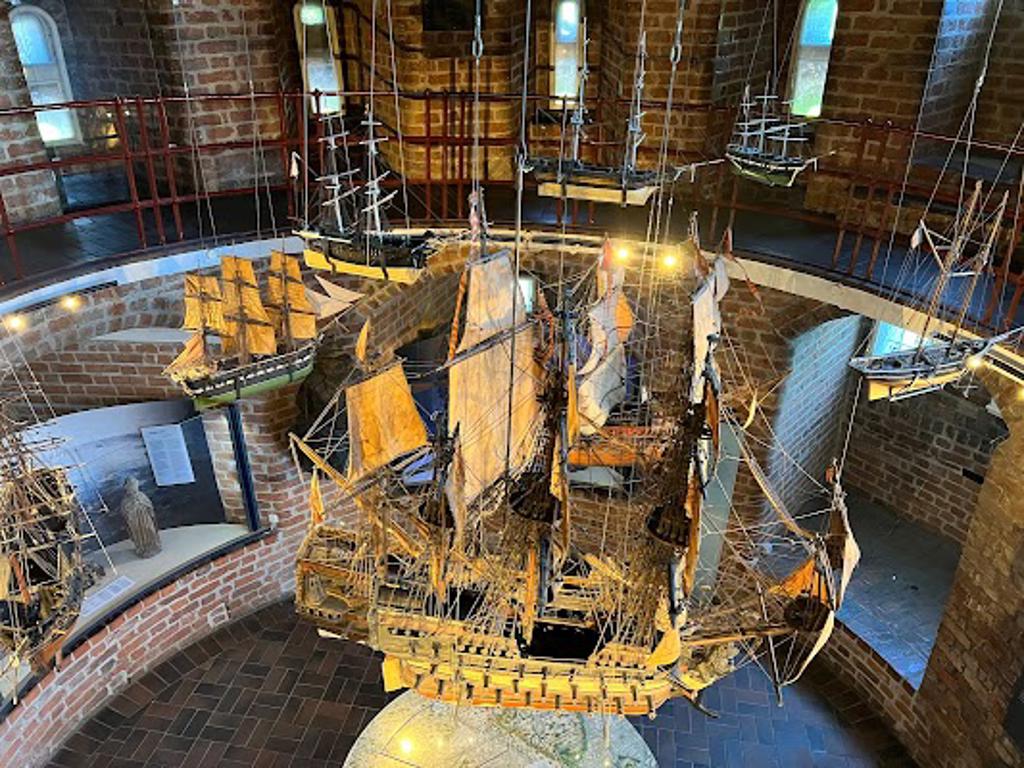
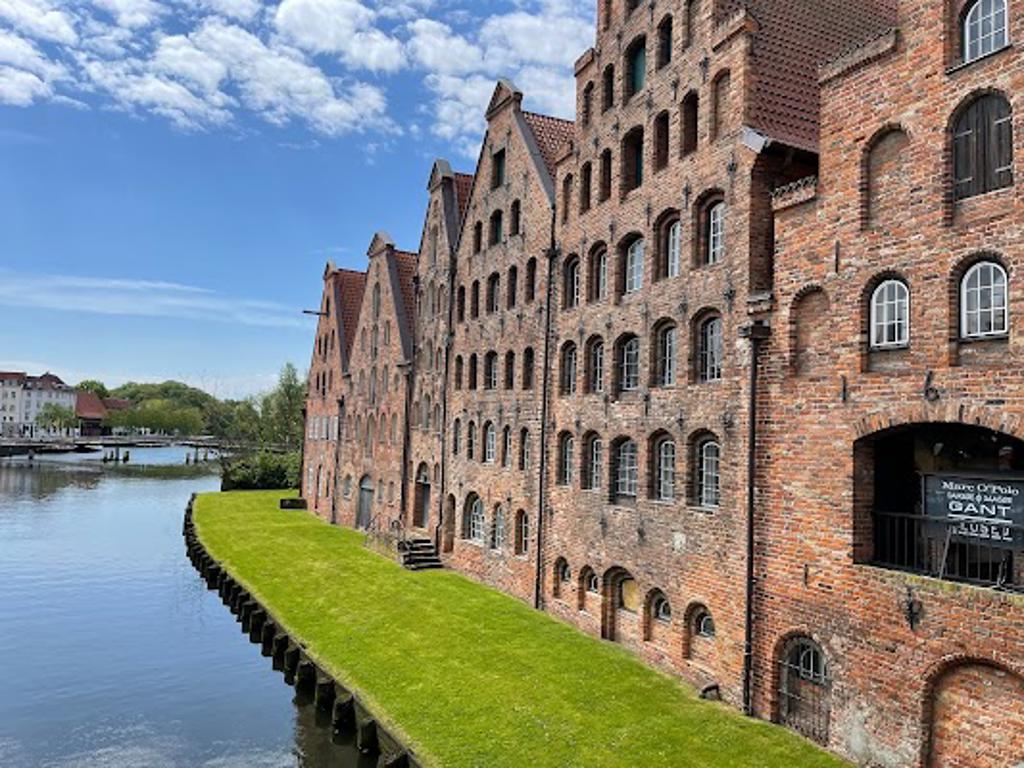

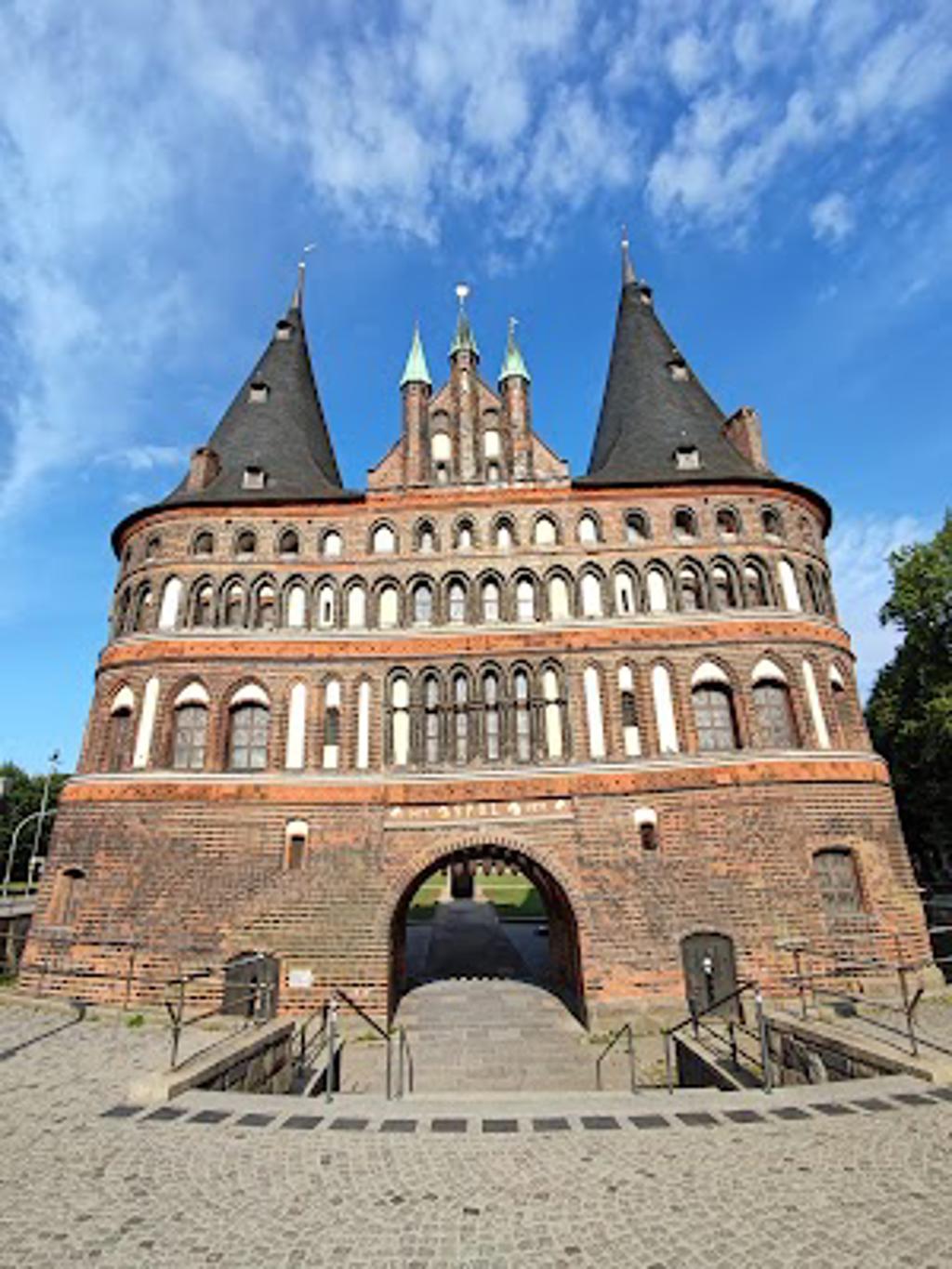
Map loading...
Location
Holstentorplatz, 23552, Lübeck
